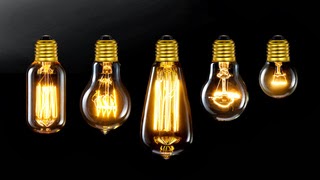As the double valves indicate, the new tire—jointly developed by Schwalbe and bike accessory maker Syntace—features a chamber next to the rim which can be pumped up to higher pressures, preventing it from squishing to the point of puncturing. And it sits next to an outer chamber that can be inflated to lower pressures, so it's able to spread out for improved traction and compress better over bumpy terrain.
The tire—which is still being perfected and will hopefully be available later this year—is an improvement to the tubeless design that's often used in off-road wheels. Previous tubeless tires could be inflated to low pressures with less of a risk of impact punctures, but it also increased the chances of the tire popping off the rim. Since the higher-pressure inner chamber hugs the rim with this new design, that shouldn't be a problem. More here.


















